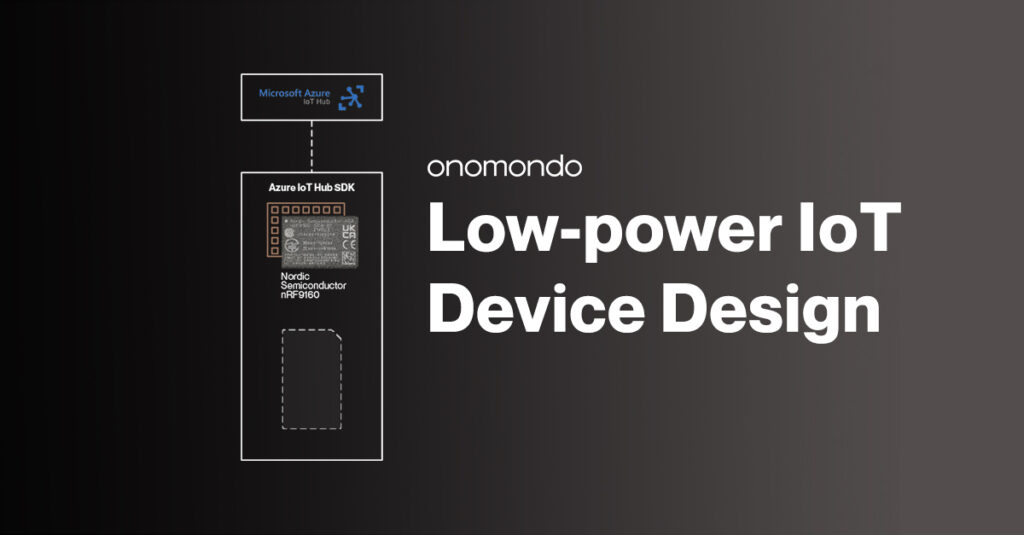
Best way to create a low-power IoT device
Creating a low-power IoT device is crucial for ensuring longer battery life and efficient energy consumption. With the rise of IoT devices in various industries, it’s essential to design devices that can operate for extended periods without draining the battery quickly. Here are some tips on the best ways to create a low-power IoT device:
1. Choose the Right Hardware
The first step in creating a low-power IoT device is selecting the right hardware components. Choose energy-efficient microcontrollers, sensors, and wireless modules that are designed to consume minimal power. Opt for components that have low sleep currents and can be easily put into sleep mode when not in use to conserve energy.
2. Optimize Power Management
Implement efficient power management techniques to ensure that your device consumes minimal power during operation. Use power-saving modes such as sleep, idle, and standby to reduce power consumption when the device is not actively transmitting data or processing information. Consider using power-efficient algorithms and strategies to optimize power usage.
3. Reduce Data Transmission
Minimize the frequency of data transmission to conserve power. Instead of sending data continuously, implement data aggregation and batching techniques to reduce the number of transmissions. Use efficient protocols such as MQTT or CoAP for data transfer and ensure that the device only communicates when necessary to save power.
4. Use Energy-Efficient Communication Protocols
Choose energy-efficient communication protocols that are designed for low-power IoT devices. Consider using protocols such as Bluetooth Low Energy (BLE), Zigbee, or LoRaWAN, which are optimized for energy efficiency and can help reduce power consumption during data transmission. Avoid using power-hungry protocols like Wi-Fi or 4G whenever possible.
5. Implement Energy Harvesting Techniques
Consider implementing energy harvesting techniques to power your IoT device using renewable energy sources. Use solar panels, piezoelectric materials, or thermal energy harvesting modules to generate power for the device. By harnessing energy from the environment, you can extend the battery life of the device and reduce the need for frequent battery replacements.
6. Test and Optimize Power Consumption
Conduct thorough power consumption tests to analyze the performance of your low-power IoT device. Use tools such as power meters and oscilloscopes to measure power usage during different operating modes and optimize the device’s power consumption. Test the device in real-world conditions to ensure that it meets the power requirements and functions efficiently.
Conclusion
Creating a low-power IoT device requires careful consideration of hardware components, power management techniques, communication protocols, and energy harvesting methods. By following these tips and optimizing power consumption, you can design IoT devices that are energy-efficient, cost-effective, and environmentally friendly. Implementing these best practices will ensure that your IoT devices operate efficiently while minimizing power consumption and maximizing battery life.
Was this helpful?
0 / 0